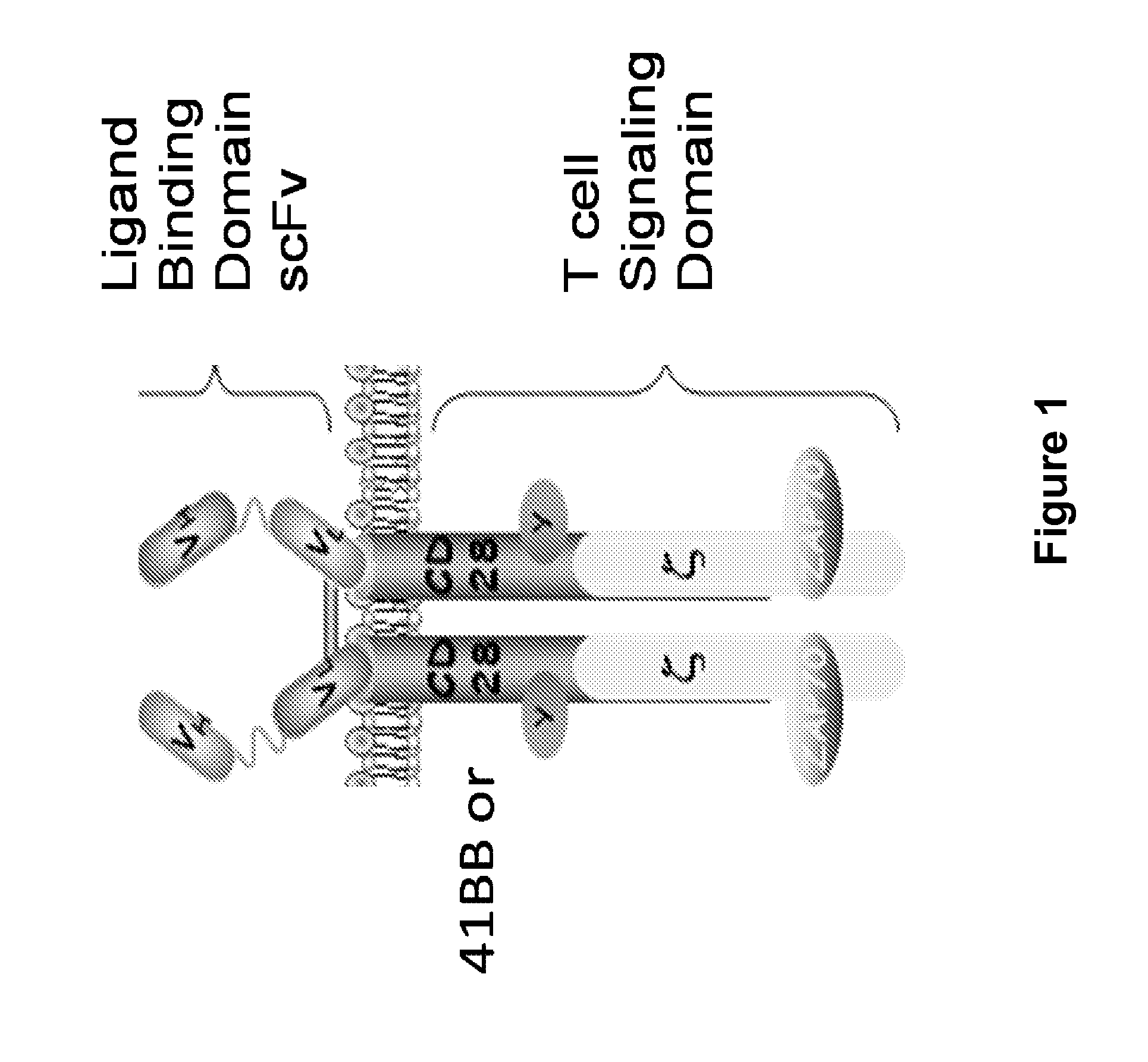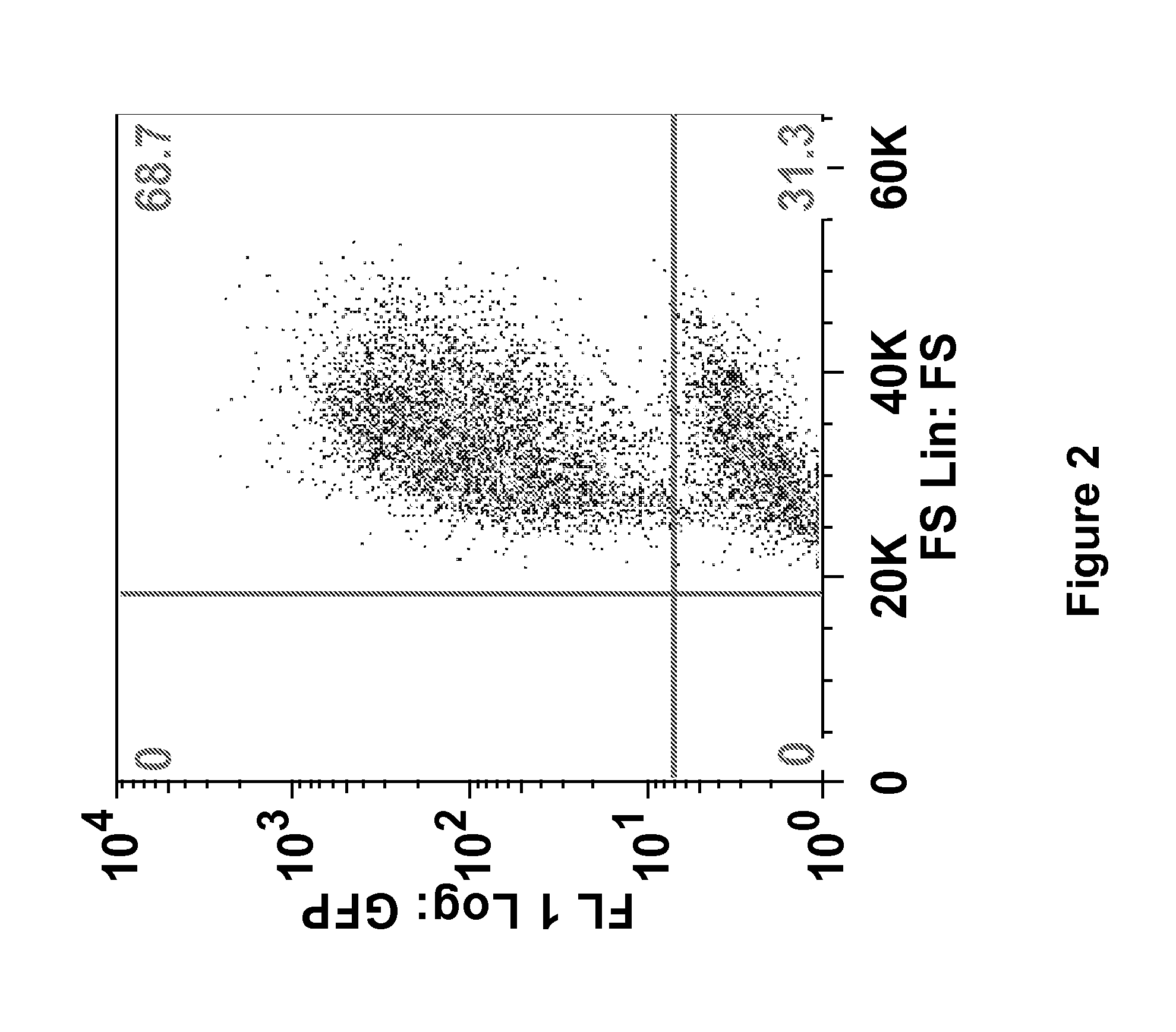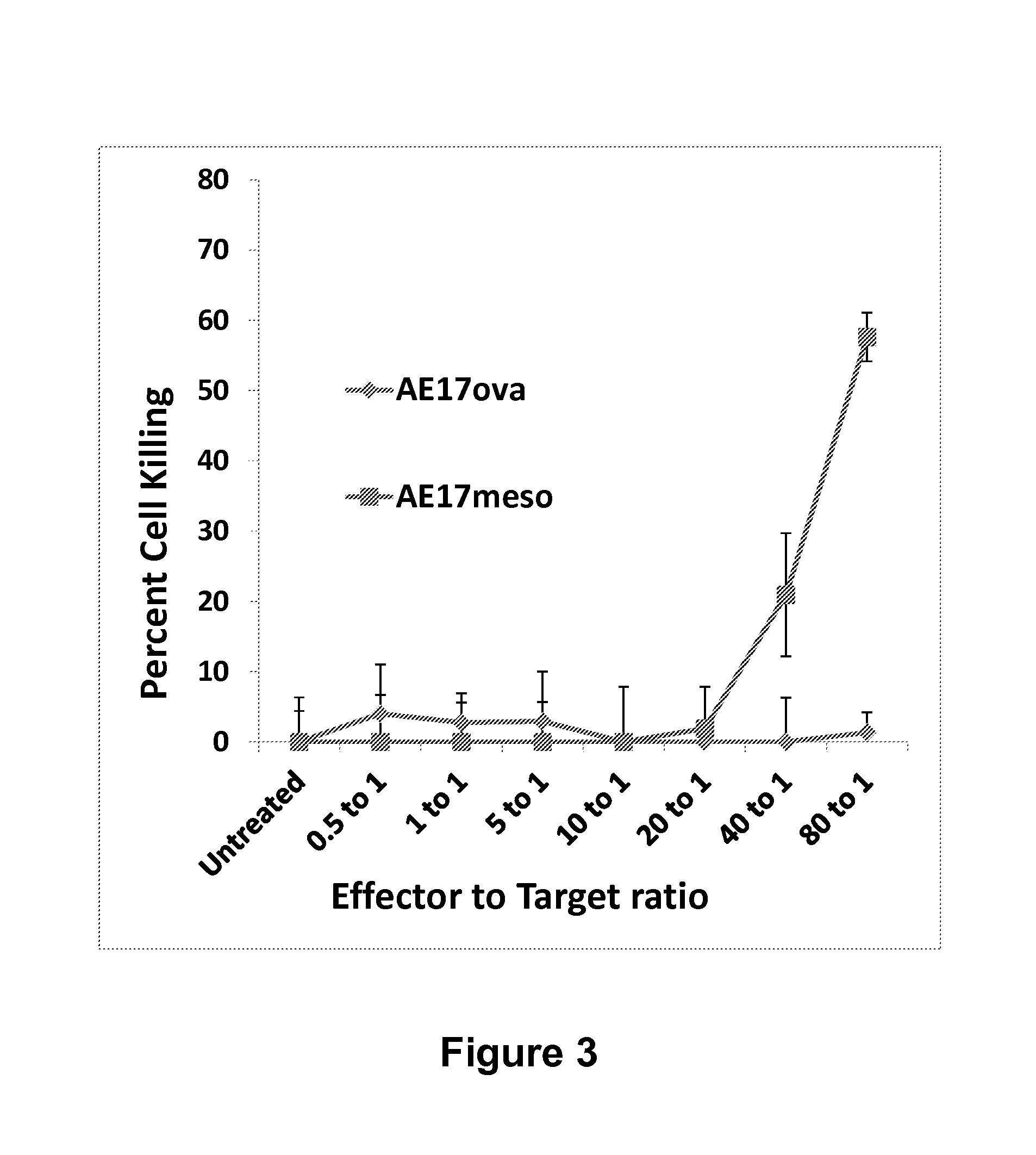Inhibition of diacylglycerol kinase to augment adoptive t cell transfer
a technology of diacylglycerol kinase and t cell transfer, which is applied in the field of inhibition of diacylglycerol kinase to augment adoptive t cell transfer, can solve the problems of loss of the efficacy of infused t cells, insufficient response to fully protect tumors, and insufficient intrinsic programming of car-expressing t cells, etc., and achieves enhanced cytolytic activity.
- Summary
- Abstract
- Description
- Claims
- Application Information
AI Technical Summary
Benefits of technology
Problems solved by technology
Method used
Image
Examples
experimental examples
[0272]The invention is further described in detail by reference to the following experimental examples. These examples are provided for purposes of illustration only, and are not intended to be limiting unless otherwise specified. Thus, the invention should in no way be construed as being limited to the following examples, but rather, should be construed to encompass any and all variations which become evident as a result of the teaching provided herein.
[0273]Without further description, it is believed that one of ordinary skill in the art can, using the preceding description and the following illustrative examples, make and utilize the compounds of the present invention and practice the claimed methods. The following working examples therefore, specifically point out the preferred embodiments of the present invention, and are not to be construed as limiting in any way the remainder of the disclosure.
example 1
Augmenting Efficacy of Chimeric Antigen Receptor T cells
[0274]The loss of anti-tumor efficacy of CD8 T cells within murine tumors has been recognized for many years. However, virtually nothing is known about the effects of the tumor microenvironment on genetically altered CAR-T cells. Described herein is the identification of a new target within T cells, the molecule Diacylgylceral Kinase (DGK), which appears to limit T cell killing and cytokine release. By genetically inhibiting this pathway in CAR T cells, their anti-tumor efficacy is able to be increased. The results presented herein demonstrate that inhibition of DGK can augment adoptive T cell transfer.
[0275]Activation of T cells through the T-cell antigen receptor (TCR) or through CAR, results in a series of molecular events that culminate in T cell activation. Perhaps the most crucial event downstream of these receptors is in the cleavage of the phospholipid PIP2 (phosphotidyl-4,5-inositol) by phospholipase C g1 (PLCg1) into ...
example 2
Enhanced Effector Responses in Activated CD8+ T Cells Deficient in Diacylglycerol Kinases
[0294]Recent clinical trials have shown promise in the use of chimeric antigen receptor (CAR)-transduced T cells; however, augmentation of their activity may broaden their clinical use and improve their efficacy. Since CAR action requires proteins essential for T-cell receptor (TCR) signal transduction, it was examined herein whether deletion of negative regulators of these signaling pathways would enhance CAR signaling and effector T-cell function.
[0295]For the studies presented herein, it was chosen to target an inhibitor of diacylglycerol (DAG), an essential second messenger that is created by the cleavage of phosphatidyl (4,5) inositol bisphosphate by phospholipase Cγ1 (PLCγ1) after PLCγ1 is phosphorylated and activated by the protein tyrosine kinases that are recruited to the stimulated TCR (Smith-Garvin et al., 2009, Annu Rev Immunol 27:591-619). DAG activates signaling molecules leading t...
PUM
| Property | Measurement | Unit |
|---|---|---|
| time | aaaaa | aaaaa |
| time period | aaaaa | aaaaa |
| time period | aaaaa | aaaaa |
Abstract
Description
Claims
Application Information
 Login to View More
Login to View More - R&D
- Intellectual Property
- Life Sciences
- Materials
- Tech Scout
- Unparalleled Data Quality
- Higher Quality Content
- 60% Fewer Hallucinations
Browse by: Latest US Patents, China's latest patents, Technical Efficacy Thesaurus, Application Domain, Technology Topic, Popular Technical Reports.
© 2025 PatSnap. All rights reserved.Legal|Privacy policy|Modern Slavery Act Transparency Statement|Sitemap|About US| Contact US: help@patsnap.com



